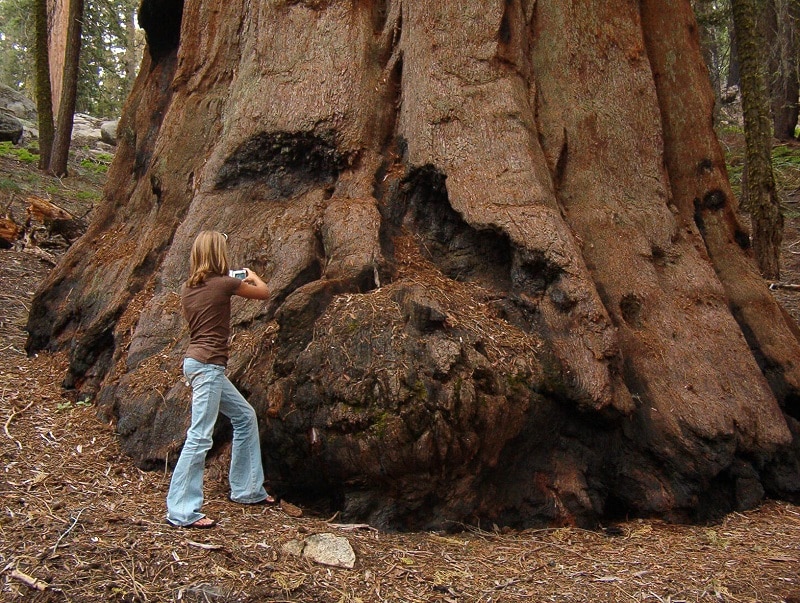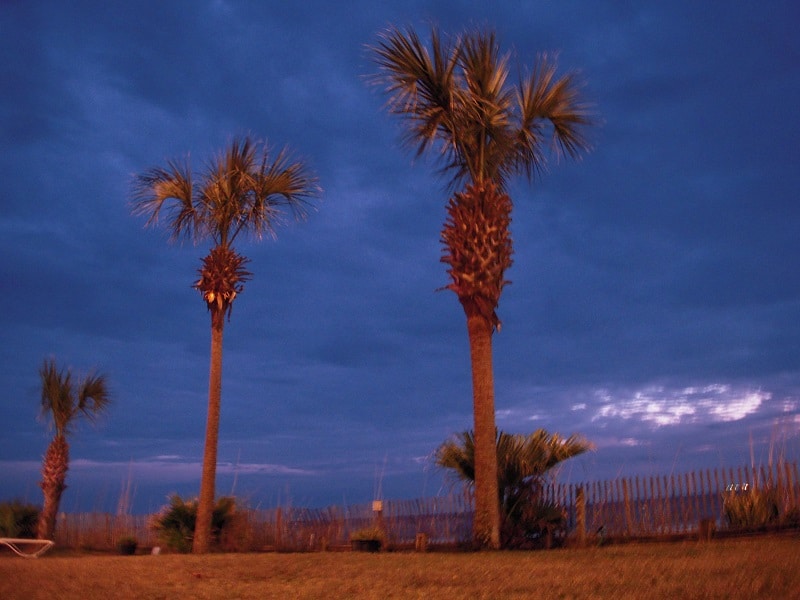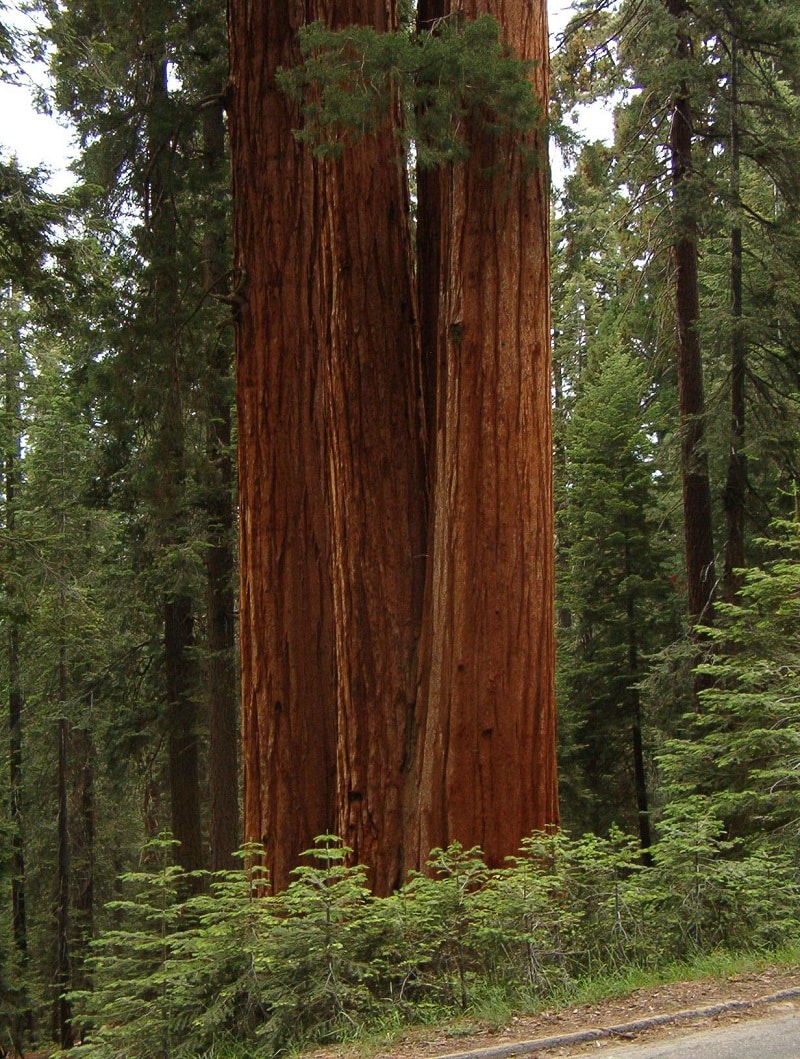Last modified: August 3, 2022
Environmental Facts About Trees

Written by matthew• June 29, 2022




Last modified: August 3, 2022
PTS
1300 Appling Drive
Unit 102
Mt Pleasant, SC 29464